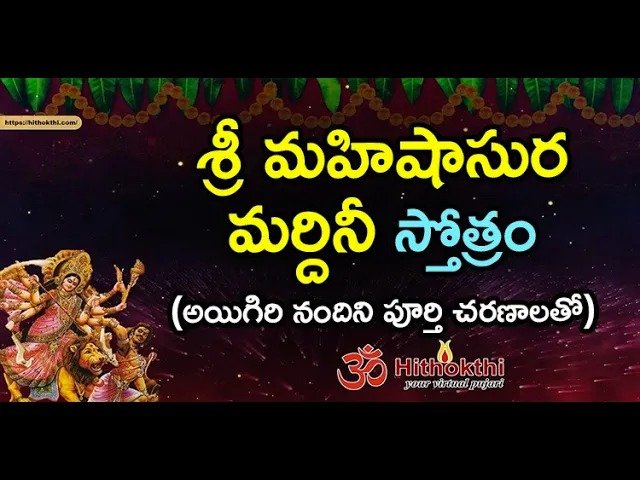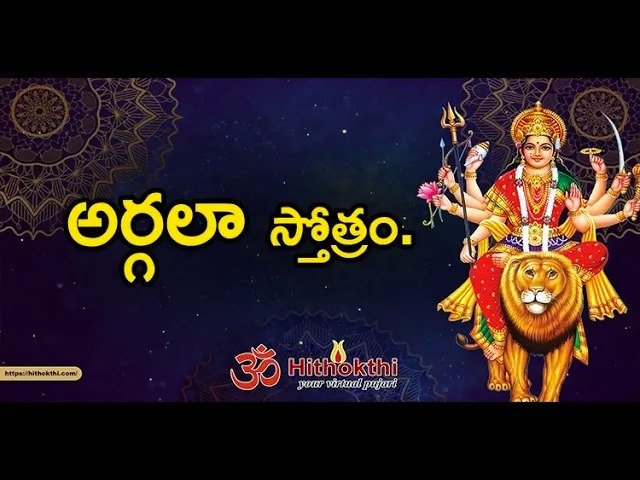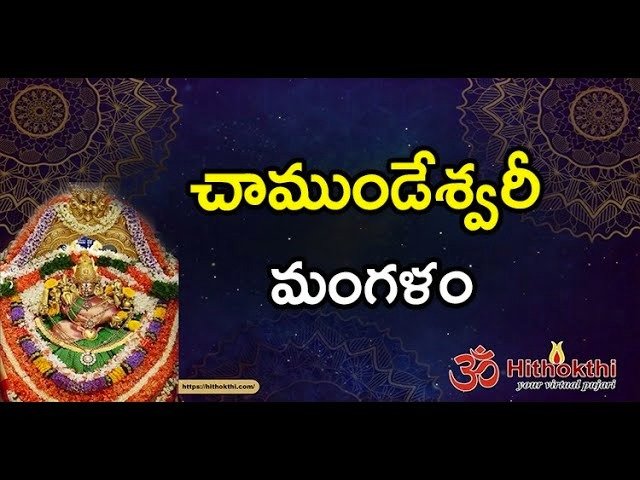Spiritual tit-bits: Sarvam hyetad Brahma
April 27, 2014: Sarvam hyetad brahma: All this is, verily, Brahman. "All this creation is just the Absolute alone", is the real meaning of this statement. All that can be regarded as what you call this universe is that Brahman. Etat vai tat: "This, verily, is that": "That" and "this" are two terms demonstrating two separate entities, objects or things; "that" referring to a distant object and "this" to an object which is near. Now, "this" cannot be "that", and yet the Upanishad proclaims, "this" verily is "that"; if "this" is "that", if one thing can be another thing, then there are no two things. Where comes the necessity for these two demonstrative pronouns, "this" and "that"? By a process of definition called Bhaga-tyaga-lakshana (characterisation by division and elimination of certain properties), a reconciliation of these two suggestive terms, Etat and Tat, "this" and "that" is brought about. The famous example usually cited is of a person whom you might have seen in a distant place once, and whom you might now see near you in another place. Soyam Deva-dattah - "This" is "that" Devadatta. That person called Devadatta whom I saw in a distant place, now I see here, near me, in another place altogether. The places are different; he might have even grown in age; he might be speaking a different language now; he might not even recognise me due to lapse of time; there is distance of space and difference in time, yet I recognise that person now. This, verily, is that person, Etat vai tat. The reconciliation of "this" and "that" is done not by a unity of the two meanings of the pronouns "this" and "that", but a unity of the single object which these two pronouns designate. "This" and "that" do not represent any object. They only indicate an object. These are indicative pronouns pointing out to an object, and the unity of the object is established by discarding the connotation of "that" as well as of "this". It does not matter if that person was somewhere else at one time and now he is in another place at another time; these distinctions make no difference to us in recognising the person. Spatial and temporal differences are abandoned for the sake of the recognition of the unity of the person who is the same always; then, as well as now, there as well as here. This very method is employed in understanding such Upanishadic statements as 'Sarvam hyetad brahma'; 'Ayam atma brahma': All this is Brahman; and this Atman, also, is Brahman. Here you have; as it were, the quintessence of all Upanishadic teaching, the last word of the Vedanta, as you may call it, the culmination of the wisdom of the sages. This universe which appears to be proximate to our senses is that Brahman which seems to be distant or away from us, and this personality of ours which appears to be so proximate is also reconcilable with that Absolute which appears to be far from your reach. And, finally, on a consideration of the fact that every individual can make a reference to oneself as "this" and to Brahman as "that", and inasmuch as "this" is verily "that", all "this" also is "that". This personality, this individuality, this Jivatva, is ultimately unifiable with that Absolute, which is Supreme, but appears to be distant. If every individual is to make an assertion of this nature, the total "I" becomes reconcilable with "That"; - "This is That". All becomes That - Sarvam hyetad brahma.







